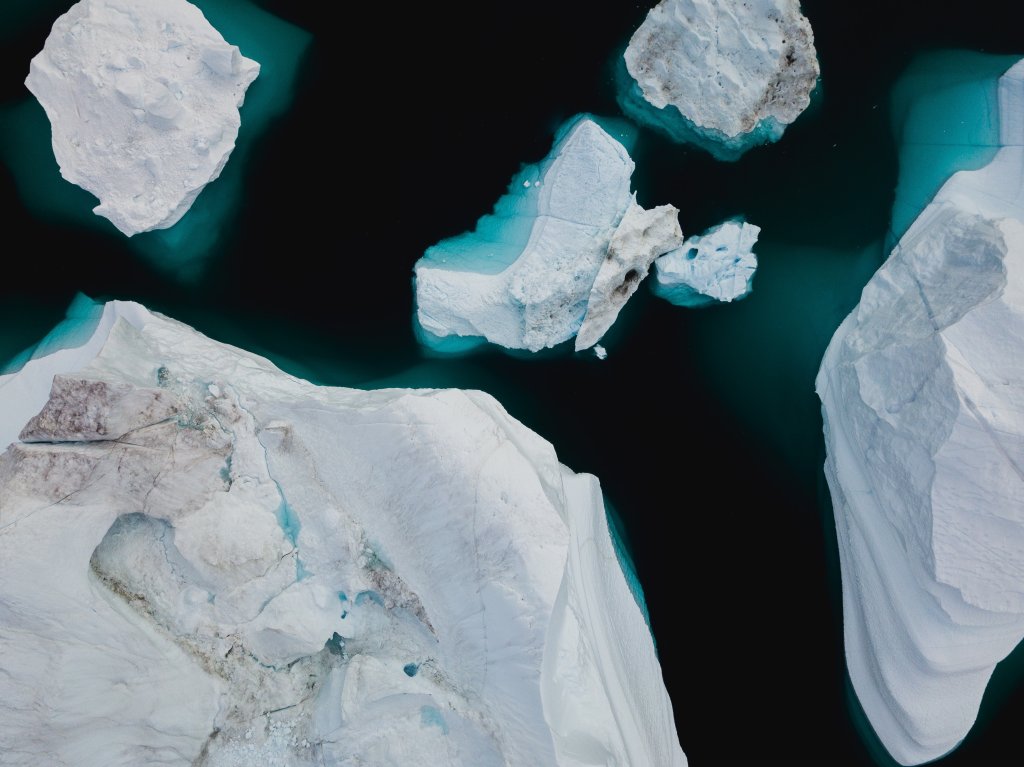Several of the stories in our anthology referenced refreezing the arctic such as Refreeze the Arctic, Drambers, Project Slowdown and Fairhaven. Scientists in Switzerland are currently trialling if it could work. We are aware that this is a radical proposition but an essential strategy if the climate crisis is to be averted. Are you ready for the challenge?
The Refreeze project establishes the non-profit Refreeze Foundation as a central organizational body, as well as the Refreeze Company, focused on technological research and development. This project is supported by experts such as Sir David King (Cambridge Climate Repair Centre), Stephen Salter (Emeritus Professor Engineering Design at Edinburgh University), Hans van der Loo (Chair Institute for Integrated Economical Research), Wouter van Dieren (Club of Rome, founder Milieudefensie) and Tom Bosschaert (Founder & Director Except Integrated Sustainability).
We have classed this solution as ‘audacious’ (high gain but also high risk).

Why is the ice melting such a big problem?
How does this solution rate on:
| Climate impact: tonnes of carbon saved/removed | Albedo equivalent needs to be calibrated against CO2 – how much ice is equivalent to how much CO2. |
| Climate adaptation-resilience | Essential but unclear and uncertain. |
| Social justice i.e., addresses inequalities, diversity, inclusion | Low as nobody lives in the Arctic. |
| Cost of action needed to progress goal | Massive. |
| Which location is the solution most needed/applicable | The Arctic and surrounding glacier areas. |
| Risk | High risk. There is a chance of adverse consequences at scale but this is low. |
| Feasibility | This solution may not work, but there are numerous approaches that could be tried, many of which should make things less bad. |
Do your own research on the solution
For some background reading, we recommend the Guardian section on sea ice or reading A Farewell to Ice by Peter Wadhams (a world authority on sea ice).
The Just Have a Think YouTube channel includes a wide range of accessible videos on the Arctic and Antarctica. The playlist also includes four conversations with Peter Wadhams.
The Centre for Climate Repair at Cambridge also has a series of YouTube videos which cover the solution of refreezing the Arctic.
You can also watch this exclusive interview with Hans Van Der Loo at the Clean Energy Summit:
Interested in progressing this solution further?
Here are a series of steps you can take to progress this climate solution further. You can also contact us at greenstories@soton.ac.uk and we’d be happy to connect you with experts in these solutions to discuss further.
| Actions for policymakers | Arctic states need to cooperate together to deliver this nearly impossible task. |
| Actions for funding bodies | Requires massive funding over a long period. |
| Actions for business | Buy albedo credits. |
| Actions for public | Find your government representative or Member of Parliament and email them, whether you are in Australia; Canada; UK; USA or elsewhere. Social media campaigns & lobbying of governments. Vote for ‘The Party of the Future’. |
